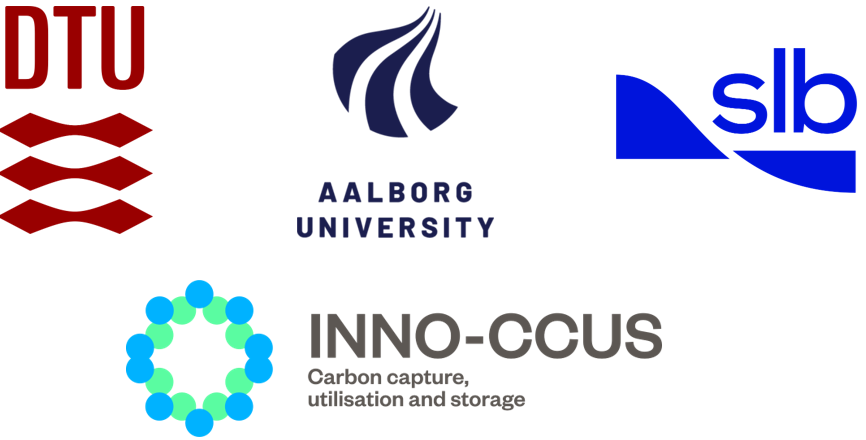Thermodynamics and Phase Behavior
Focus in the Wei Yan Group research centers on chemical thermodynamics and phase behavior with applications spanning a wide range of scientific disciplines and industrial processes. Central to these applications are phase transitions, component partitioning, and thermophysical properties, which govern system performance and behavior. Our current focus areas include carbon capture and storage (CCS) as well as hydrogen transport and storage. Our group develops robust and efficient algorithms for phase and chemical equilibrium calculations, delivering essential tools for modern compositional simulation and process modeling.
Research
With a focus on thermodynamics and phase behavior, our research activities integrate experimental measurements, thermodynamic modeling, and compositional simulation. Many scientific and technological challenges in carbon capture and storage and other decarbonization technologies are fundamentally related to thermodynamics. Key issues include high-pressure phase behavior, thermophysical properties, and multiphase equilibria involving chemical reactions.
Our thermodynamic research spans experimental investigation, thermodynamic modeling, and algorithm development. The integrated expertise enables us to address a range of critical challenges in the development and deployment of decarbonization technologies. Some selected research activities include phase behavior of CO2 with impurities, computational algorithms for the reactive-transport process in CO2 storage, impact of reactive and non-reactive impurities during CO2 injection, as well as Equilibrium calculation algorithms and thermodynamic models for CO2 capture simulation.
Simultaneously, we keep developing our core competences in algorithms for chemical and phase equilibrium, thermodynamic modeling of complex phase behavior, and experimental studies of equilibrium and thermophysical properties.
To learn more go to website of CERE.
Contact
Wei Yan Professor Department of Chemistry Phone: +45 45252379 weya@kemi.dtu.dk
Profile Wei Yan
2025 - Professor at Department of Chemistry, Technical University of Denmark
2025 - DTU TotalEnergies Excellence Centre (DTEC) Scientific Director in CCUS
2017-2024 - Executive Editor for Journal of Natural Gas Science and Engineering
2014-2022 - Associate Editor for Journal of Petroleum Science and Engineering
2010-2025 - Senior Scientist at Department of Chemistry, Technical University of Denmark
2005-2010 Associate Professor at Department of Chemical Engineering, Technical University of Denmark
2001-2005 Research Assistant Professor at IVC-SEP at Department of Chemical Engineering, Technical University of Denmark
1999 Ph.D. in Chemical Engineering, University of Petroleum, China





















